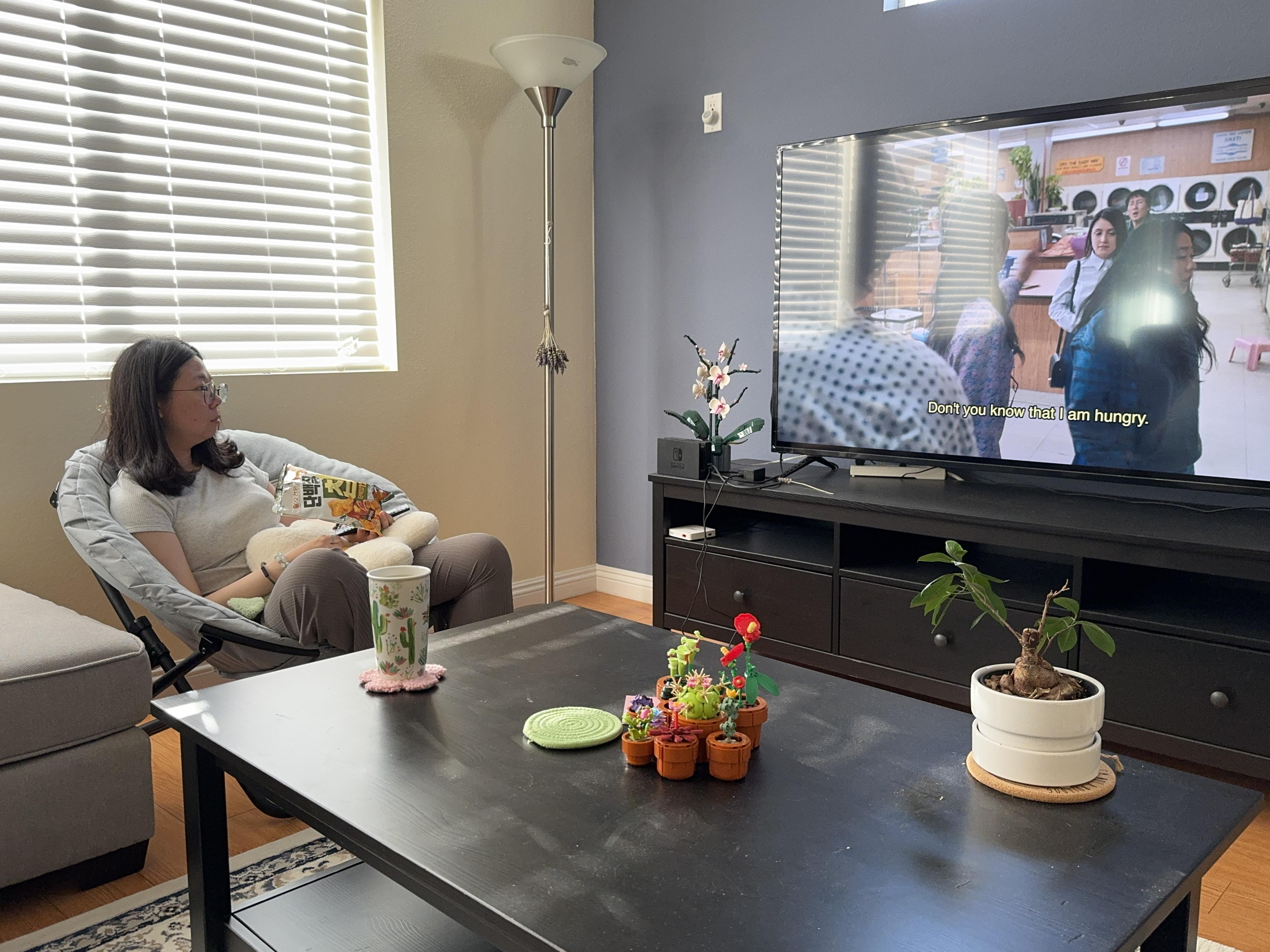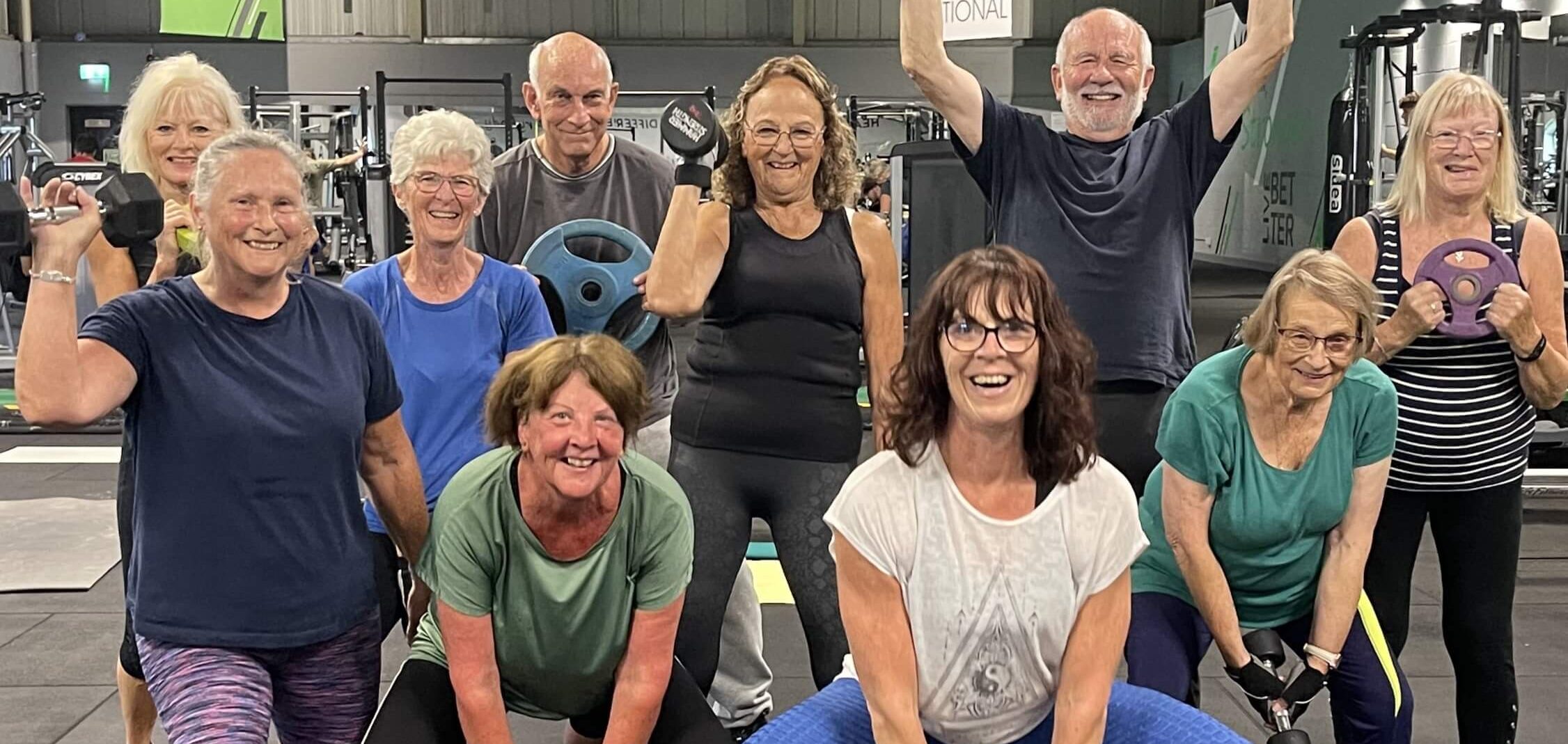TCL. How do you watch films and TV? Do you use Netflix, Amazon, terrestrial TV, your phone, or the cinema? What works best for you?
Karen. My preferred way to watch films and TV is through Netflix, Disney Plus, and YouTube on my tablet and smart TV. I enjoy popular dramas on Netflix and Disney Plus. On YouTube, I particularly like watching travel vlogs and personal experience videos.
TCL. Do shows and films portray people of all ages accurately? Are there any stereotypes about older people in the media that bother you? Do you think age is portrayed differently in the West compared to other parts of the world?
Karen. Many TV shows exaggerate real life to attract viewers. This can easily lead to inaccurate portrayals of different age groups. For example, films often depict older people as grumpy or weird, like the stereotypical ‘old cat lady.’ However, this isn’t true in real life; many older people I know are active and lead healthy lifestyles.
There is a notable difference in how old age is portrayed in the West compared to Asia. In the West, older people often live alone, and films show them finding new purposes after retirement, reflecting a culture of individualism. Children commonly leave home after college and may not stay in frequent contact with their parents. In contrast, Asian stories about older people often focus on family issues, such as solving children’s problems and maintaining family bonds, reflecting the cultural emphasis on family unity. It is common for children to live with their parents until marriage.
In reality, many older people in the USA struggle to enjoy their retirement which is often shown in films. They often work as long as possible due to financial concerns, struggling to find affordable care and lacking support groups. In Asia, however, there is a stronger culture of saving and financial planning for retirement. Older people there tend to focus on when to retire and what to do afterward, rather than worrying about financial stability.
TCL. Should the TV and film industries produce more content specifically targeting older audiences? Why? Can you explain your views?
Karen. I think it makes sense because people are living longer. I’ve noticed an increase in films featuring older characters. For example, ‘The Intern’ was very popular when it was released. I was much younger when it came put but that movie captivated me. The film had the right cast and story, naturally attracting audiences of all ages. I also love watching ‘The Bucket List’ and ‘Going in Style.’ The latter was especially fun, with its story about a group of older men facing financial problems and deciding to rob a bank. When films have good stories and strong casts, the age of the characters doesn’t matter to me. In fact, many older movie stars are incredible, bringing great depth to their performances.
Recently, I watched a Netflix movie called ‘A Man Called Otto,’ starring Tom Hanks. He plays a man who lives alone, has lost his wife, and only has a cat for company. While this did feel like a stereotypical depiction of an older man, the film is rich with deep emotion and meaning, making it another great movie to watch. Therefore, if the story is good and the cast is strong, targeting older audiences won’t affect my choice to watch a movie.
In Taiwan, there was a documentary called ‘Go Grandriders’ sponsored by a charity focused on giving older people a sense of purpose. They selected 17 people over 78 years old to ride motorcycles around Taiwan (1000 km). The goal was to challenge the stereotype that older people lack purpose. The documentary captured their journey and was a big hit in Taiwan, winning many awards both domestically and internationally.
TCL. What new features or innovations in TV and media do you find most useful? What do you find challenging?
Karen. I like Netflix’s feature that asks if you liked a movie and uses big data to recommend similar films. YouTube also suggests videos based on my viewing habits using AI. This helps me discover movies I might not have considered, expanding my options. Another great feature is the seamless integration across all my devices—TV, laptop, smartphone, and tablet—giving me the freedom to watch films anytime, anywhere.
However, one challenge with social media is the overwhelming amount of information, making it hard to discern real from fake. For example, AI-generated photos can mislead viewers until the truth is revealed months later. When watching YouTube, I need to stay discerning to avoid being emotionally affected by misleading content.
TCL. What advice would you give to companies developing new TV and media technologies about features and capabilities people would like to see in their TVs and media devices?
Karen. I hope for a language AI that can link all TV and media, providing instant translations for subtitles in all languages. For example, I love watching Japanese animation dramas, but Netflix often lacks Mandarin subtitles for many foreign films. As a result, I have to watch with English subtitles and mentally translate them to Mandarin, which is frustrating.
Additionally, having a small portable VR device that allows me to watch social media and TV anywhere, even in the kitchen or shower, would be fantastic. If films could be displayed in any corner of my environment, I wouldn’t be restricted by my surroundings and could enjoy movies wherever I wanted.

 &
& 





